67: Professions & Professionalism — Andrew Abbott
The text for this episode is Andrew Abbott's 1989 book The System of Professions: An Essay on the Division of Expert Labor. This book is a watershed in our understanding of professions and their work. While previous literature had a focus on distinctive occupational groups and their professionalization projects, Abbott invited us to think more systemically about the interdependencies and how professions compete with each other over "jurisdictions," claims of ownership and responsibility over expert knowledge and its applications.Read More










62: Consumerism & Meaning at Work — WALL-E